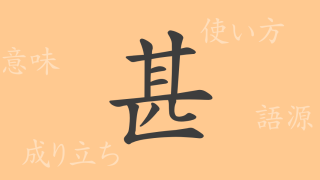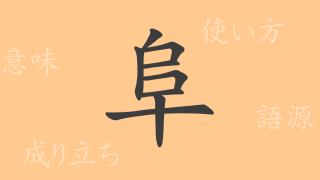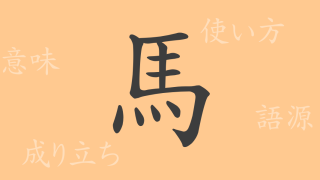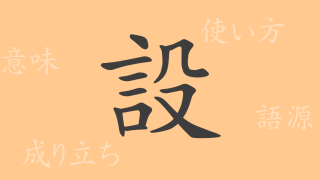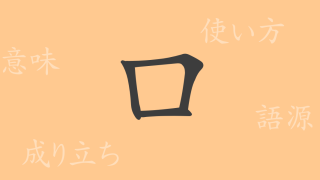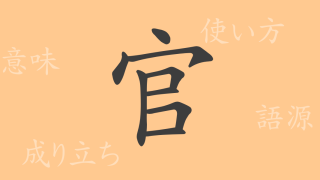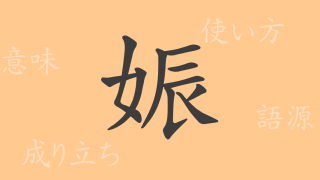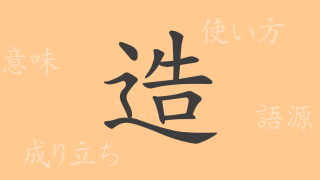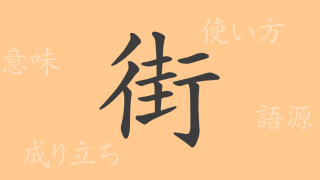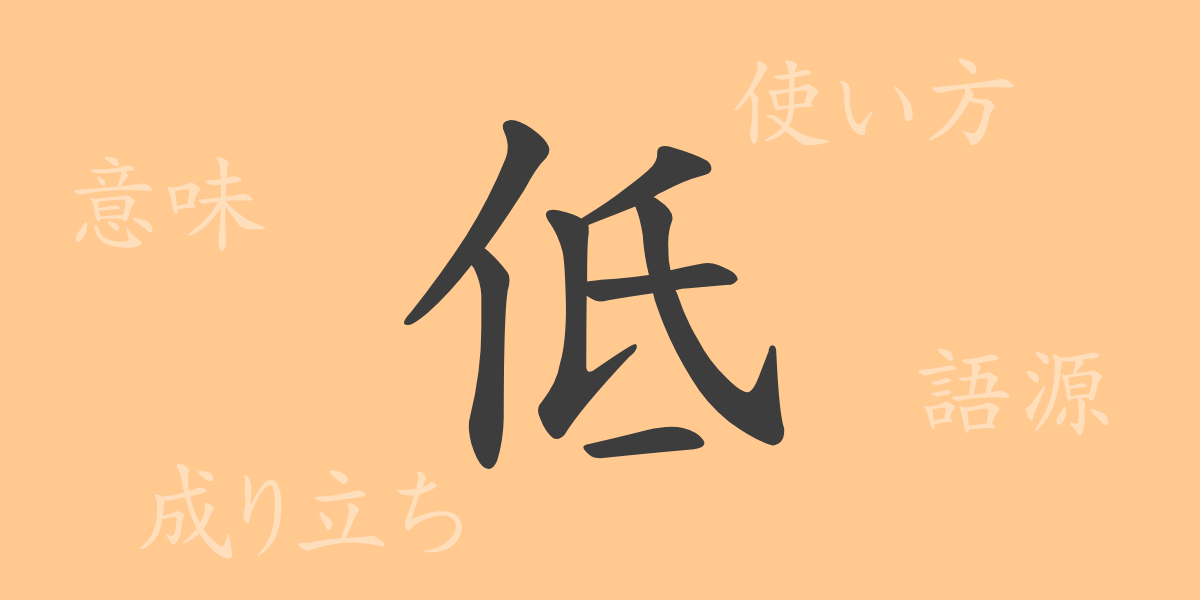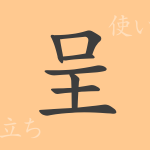The Kanji ‘低(テイ)’ is deeply embedded in our everyday lives, representing concepts crucial to the Japanese language. This article delves into the origins, meanings, usages, as well as various idioms and proverbs related to ‘低’. Understanding ‘低’ as a commonly used Kanji allows us to appreciate the cultural and philosophical underpinnings of the words we use.
Origins of ‘低(テイ)’
The Kanji ‘低’ originates from ancient China, composed of ‘亻(ニンベン)’ which means ‘person’ and ‘氐’, a pictograph indicating something close to the ground or in a low position. Thus, ‘低’ literally represents ‘a person in a low position’, establishing its meaning as something low or lowly.
Meaning and Usage of ‘低(テイ)’
‘低’ is used to describe something ‘short in height’ or ‘low in degree or rank’. It also metaphorically denotes situations like ‘low voice’, ‘low status’, or ‘feeling down’. This versatile Kanji finds application across everyday conversation, literature, and business, reflecting its broad contextual utility.
Readings, Stroke Count, and Radical of ‘低(テイ)’
The Kanji ‘低’ is frequently used in Japan, and its readings and structural elements are well-familiar to many.
- Reading: On’yomi (Sino-Japanese reading) is ‘テイ’, Kun’yomi (native Japanese readings) include ‘ひく.い’, ‘ひく.める’, ‘ひく.まる’.
- Stroke Count: ‘低’ consists of 7 strokes.
- Radical: The radical is ‘亻(ニンベン)’, associated with the human figure.
Phrases and Idioms Using ‘低(テイ)’
‘低’ appears in numerous idioms and phrases, each carrying unique nuances. For example, ‘低姿勢(テイシセイ)’ expresses a humble attitude; ‘低迷(テイメイ)’ describes a stagnant situation; and ‘低空飛行(テイクウヒコウ)’ implies proceeding with caution or restraint. These expressions are valuable for conveying respect or understating one’s circumstances.
Conclusion on ‘低(テイ)’
The Kanji ‘低’, despite its simple form, encompasses a range of significant meanings. As a staple in Japanese, it appears naturally in our speech, covering a wide spectrum of uses. Understanding and mastering ‘低’ can enrich our expressions, making our communications more nuanced. This article hopes to aid in deepening your understanding of the Kanji ‘低’.







